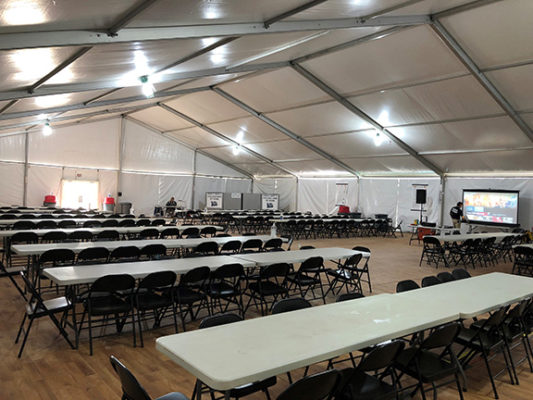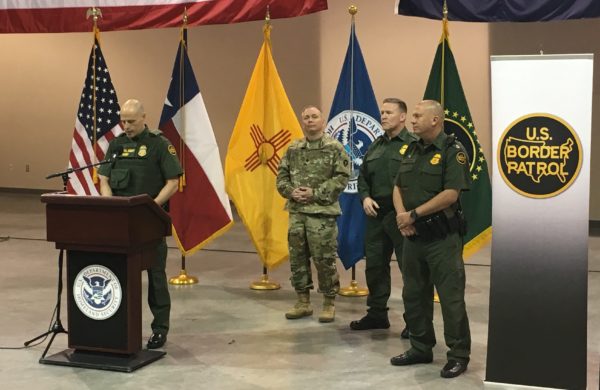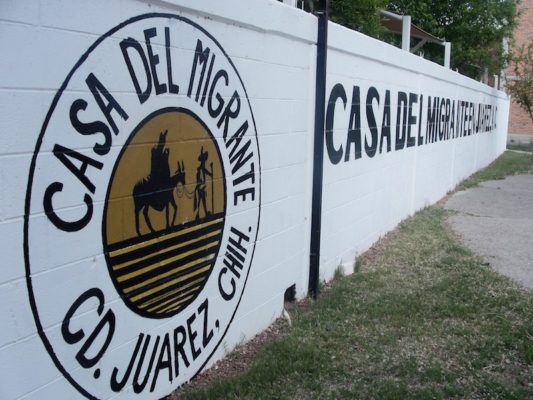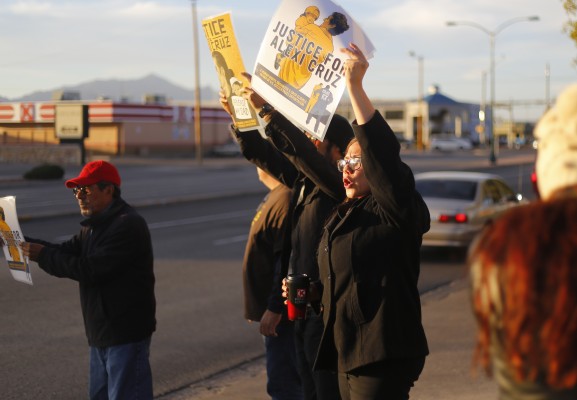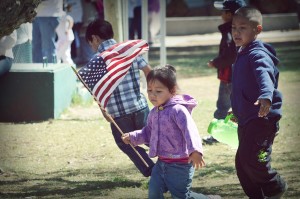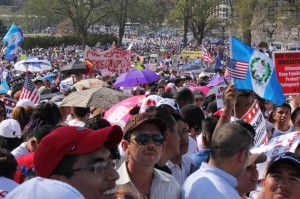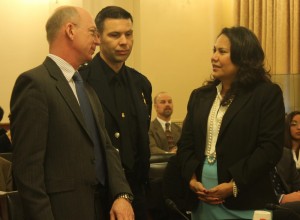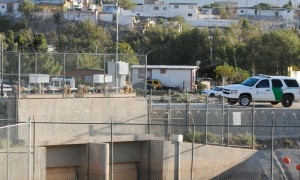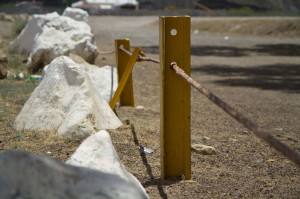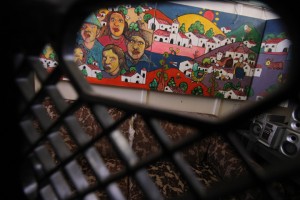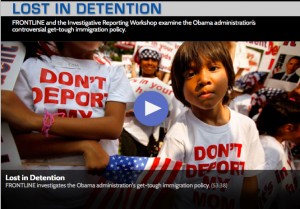Fear may keep undocumented immigrants out of 2020 census, hurt communities
|
By Mary Lehman Held, University of Tennessee
The United States might not be able to get information about more than 10 million people in the 2020 census. That’s the number of undocumented immigrants living in the United States. Another 16.7 million individuals live in a household with an undocumented member and so might also not be counted in this year’s census. The primary reason that undocumented immigrants might forego participation in the 2020 census? Fear.

